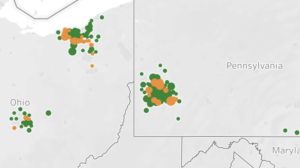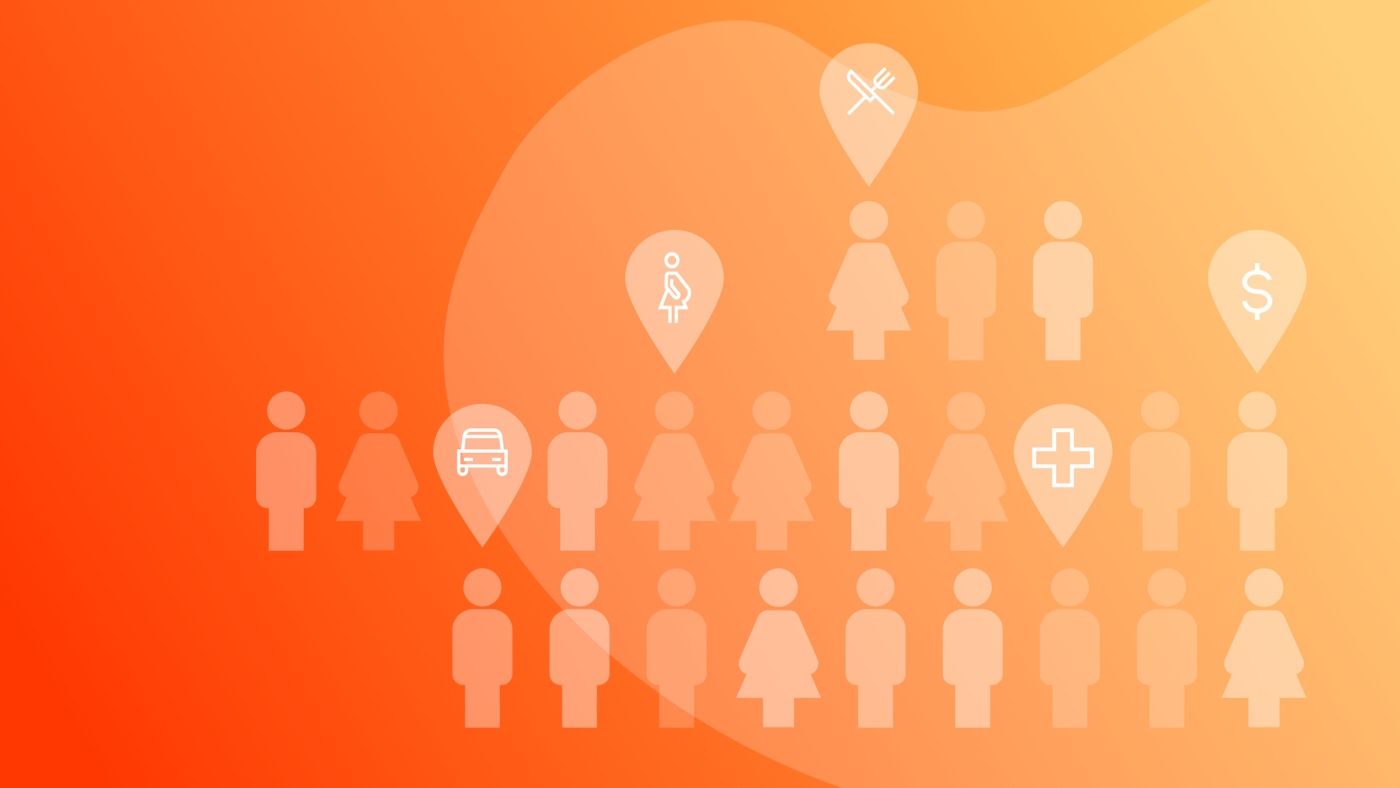Now more than ever, HR benefits leaders should seize the opportunity to design a health benefits program that meets the needs of all employees by addressing Social Determinants of Health (SDoH), which are the circumstances that can impact the health status of a group or individual.
The main SDoH categories are: economic stability, neighborhood and physical environment, education, food, community and social context, and health care system.
Recently, Castlight hosted a SDoH webinar with Dr. Bruce Sherman, medical advisor at the National Alliance of Healthcare Purchaser Coalitions and adjunct professor in the Department of Public Health Education at UNC-Greensboro, Rachael McCann, senior director of Health and Benefits, Inclusion, and Diversity at Willis Towers Watson, and Mary Cain, senior director of Behavior Change and Clinical Strategy at Castlight Health.
Social Determinants of Health: 4 Things Employers Should Keep in Mind
1. SDoH Strongly Influence Health Outcomes
Research has found that Social Determinants of Health influence at least 80% of health outcomes such as mortality, morbidity, life expectancy, healthcare spending, overall health status, and the ability to perform activities of daily living (e.g., eating, drinking, getting dressed).
Two people with the exact same health condition could have very different outcomes depending on their unique SDoH. For instance, an individual with type 2 diabetes who lives a few minutes away from three different grocery stores would have a much better chance at managing their condition than someone who lives in a food desert.
As another example, residents of a high-rise apartment building in a dense urban area are more susceptible to contracting COVID-19 than those who live in single-family homes in more suburban or rural regions.
2. Low-wage Employees In Particular Face Major Healthcare Challenges
When it comes to most Social Determinants of Health issues, income is a common denominator. For example, the affordability of food, housing, and being able to reside in a safe neighborhood can greatly impact an individual’s health and wellbeing.
Relative to top-wage earners, employees in the lowest-wage group visit the emergency room more, utilize preventive services less, are admitted to the hospital almost two times more, and have four times the rate of avoidable admissions. In other words, earning low wages can have devastating impacts on the health of an employee and their family members.
Employee wages have not increased at the same rate as healthcare premiums and deductibles. In addition, high deductible health plans (HDHPs) are becoming more popular with employers, meaning that workers have to pay more upfront costs for care. For employees in the lowest wage category — especially those who live at or below 200% of the federal poverty line — these costs may seem insurmountable.
This is especially concerning because this group of employees is more likely to have less healthy lifestyle habits and more chronic conditions. “Low-wage workers who tend to be the sickest are actually the ones who are spending the largest proportion of their income on healthcare if they want to stay healthy,” says Dr. Sherman.
3. Failing to Address SDoH Can Have Negative Business Consequences
For decades, employers have focused on equality, trying hard to make sure that every employee has access to the same benefits, perks, and programs, and that hiring practices and wages don’t differ between genders and races (for example).
However, employers must go beyond equality and design their benefits programming with an equity perspective, ensuring that all workers not only have access to the same offerings, but that those benefits and programs are affordable and accessible for everyone.
That means SDoH must be taken into account. If an employee has any SDoH-related needs, they’re going to focus on those priorities rather than optimizing their work performance. “If individuals have scarcity in their lives,” says Dr. Sherman, “they’re more likely than not to focus on that scarcity, which means they’re not necessarily focused on their work.”
4. Communications Should Be Culturally Sensitive and Go Both Ways
When creating benefits program communications, McCann recommends employers consult with a diverse set of colleagues, such as representatives from diversity and inclusion and employee resource groups, to confirm the language and positioning is culturally competent and will connect with employees of all backgrounds.
“What we’ve found,” McCann says, “is that it might not be that the program isn’t the right solution, it’s just not resonating. It could be the images, it could be the words.”
In addition to thoughtful messaging, there also needs to be a way for employees to express what they need and want in a program. Discovering employee preferences can provide meaningful insights and opportunities for equity. In a recent survey, Willis Towers Watson found that onsite fitness classes were important to 50% of Black employees compared to 29% of white employees, and 46% of Hispanic employees indicated maternity leave was important to them, compared to 31% of white employees.
“It’s really important to talk to employees to find out what they want because it’s about what solutions, what perks, what offerings are going to help them live their lives,” McCann says.
How Castlight Helps Employers Address Social Determinants of Health
At Castlight, we conduct complex data analysis to help customers address SDoH within their employee populations, taking into account claims data, the average income in the zip codes employees reside in, race and food desert data, and more.
“We can use this information to connect at-risk members through a number of different channels, sharing relevant educational content, prompting them to connect with a Castlight Care Guide who can provide personalized support, guiding them to relevant resources and benefits programs they have access to for free through their employer or local community,” says Cain.

Source: Castlight data showing adults with diabetes who live in a food desert (orange) or an area with low food access (green).
Here are the three main steps we take to help employers address SDoH:
Identify
First, we look for populations who might be at risk due to SDoH factors. For example, workers who have a high risk of type 2 diabetes and lack adequate access to preventive care services and/or healthy food. We then match them to related programs that are available to them for free, either locally or through their employer.
Intervene
Through our digital platform and Care Guides, our team of clinical and benefits experts, we conduct personalized outreach to at-risk members to address care barriers and make members aware of specific programs that may be able to help.
Introduce
We connect members directly to relevant employer-sponsored programs, conduct warm hand-offs to local care resources so the member can continue with their personal health journey, and make sure to follow up on any potential gaps in care.
For employers to create a true culture of health, health equity needs to be a part of the conversation — and that means addressing workers’ Social Determinants of Health.
To hear more about how employers can build a truly equitable benefits design, including Castlight’s specific approach to Social Determinants of Health, watch the webinar. To view all of our past webinars and register for upcoming webinars, click here.


